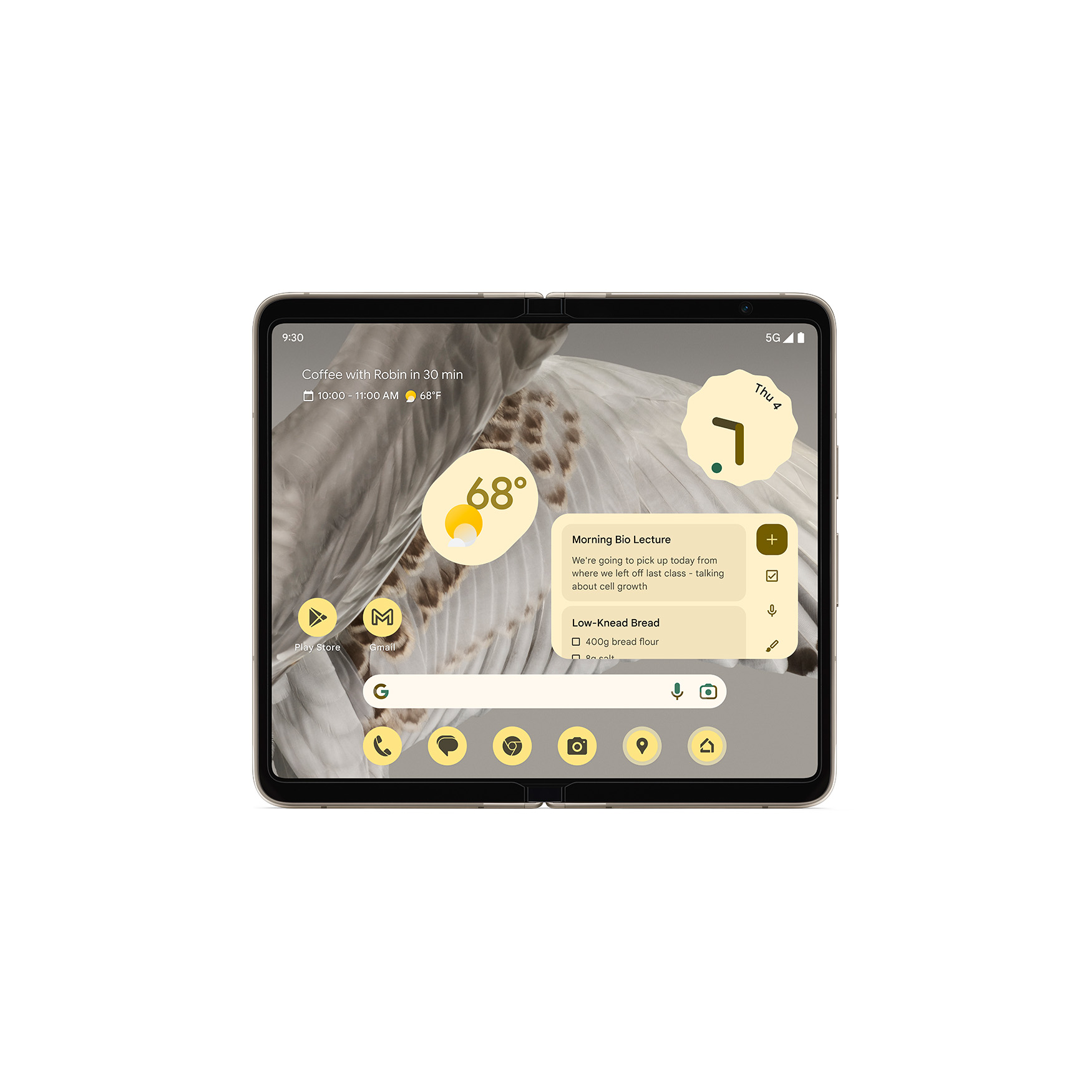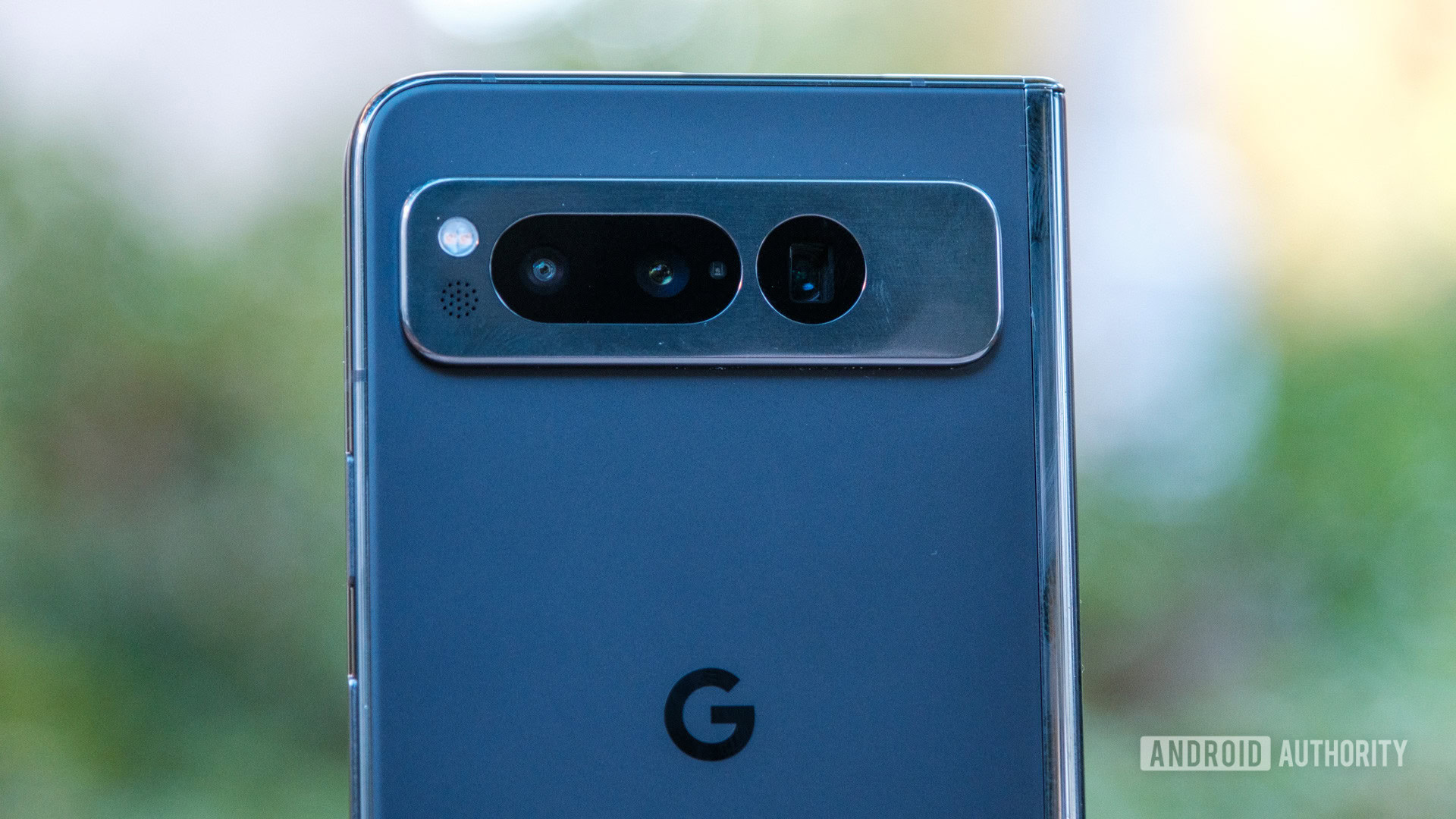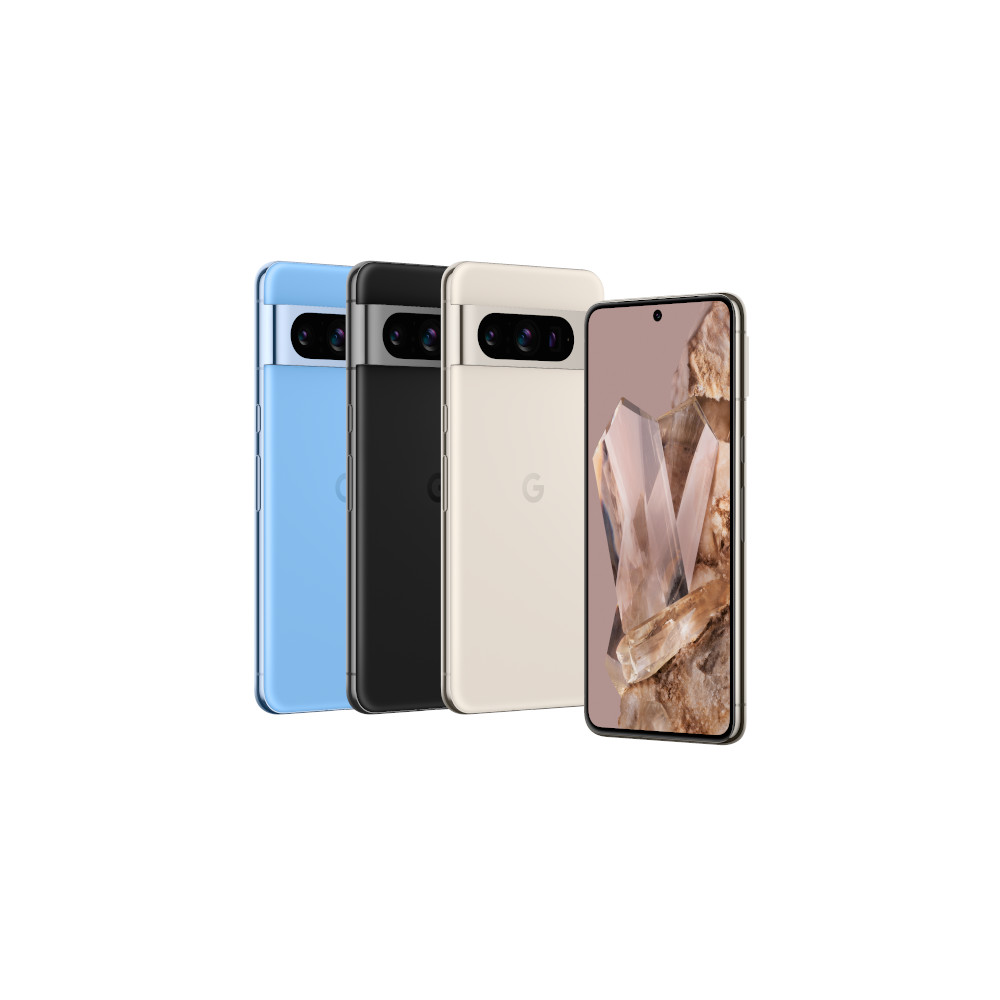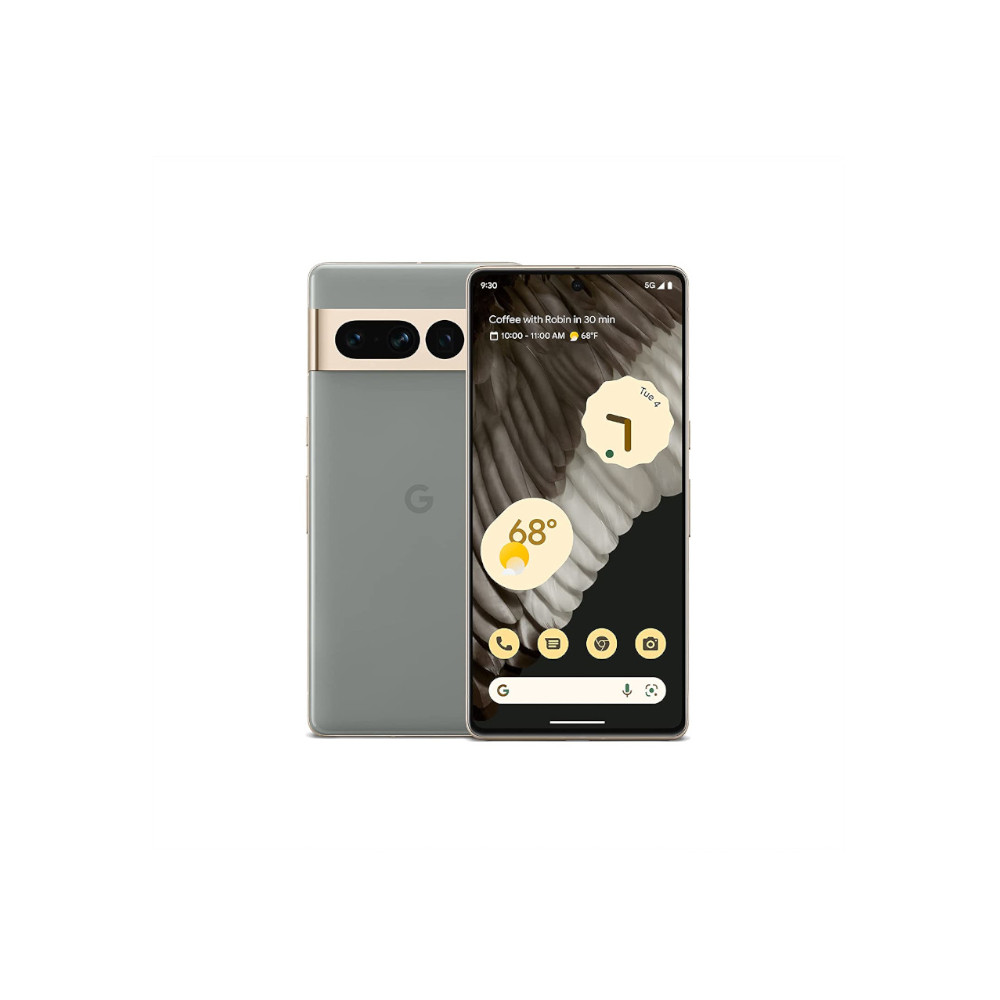Affiliate links on Android Authority may earn us a commission. Learn more.
Google Pixel Fold vs Pixel 7 Pro camera comparison: Which is best?
Published onFebruary 5, 2023
The best foldable smartphones are the exciting new frontier, opening the door to different use cases and form factors. Unfortunately, they often come with a few compromises in the form of so-so battery life and less comprehensive camera setups than the best traditional smartphones.
Take the latest Samsung Galaxy Z Fold 5, for example. Its camera array is closer to the Galaxy S23 Plus than the bleeding edge Galaxy S24 Ultra model. There’s no 108MP or 200MP camera here or 5x zoom lens. It’s still good, but not quite best-in-class, especially for the price.
Likewise, Google’s Pixel Fold doesn’t quite feature the same camera hardware specs as the hugely compelling Pixel 7 Pro, let alone the newer Pixel 8 Pro. The familiar wide, ultrawide, and 5x zoom trio are present, but the hardware relies on slightly smaller, lower-resolution image sensors. Check out the table below for a full camera spec breakdown between the two.
| Google Pixel Fold | Google Pixel 7 Pro | |
|---|---|---|
Primary | Google Pixel Fold 48 megapixels ƒ/1.7 aperture 1/2-inch sensor 0.8μm pixel size 82° FoV OIS CLAF | Google Pixel 7 Pro 50 megapixels ƒ/1.85 aperture 1/1.31-inch sensor 1.2µm pixel size 82° FoV OIS Multi-direction PDAF |
Ultrawide | Google Pixel Fold 10 megapixels ƒ/2.2 aperture 1/3-inch sensor 1.25μm pixel size 121° FoV Fixed focus | Google Pixel 7 Pro 12 megapixels ƒ/2.2 aperture 1/2.9-inch sensor 1.25μm pixel size 126° FoV AF |
5x Zoom | Google Pixel Fold 10.8 megapixels ƒ/3.05 aperture 1/3.1-inch sensor 1.22μm pixel size 22° FoV OIS Dual pixel PDAF | Google Pixel 7 Pro 48 megapixels ƒ/3.5 aperture 1/2.55-inch sensor 0.7μm pixel size 21° FoV OIS Multi-direction PDAF |
AF assist | Google Pixel Fold Laser AF | Google Pixel 7 Pro Laser AF |
Front | Google Pixel Fold 9.5 megapixels ƒ/2.2 aperture 1.22μm pixel size 84° FoV | Google Pixel 7 Pro 10.8 megapixels ƒ/2.2 aperture 1/2.9-inch sensor 1.22μm pixel size 93° FoV |
Internal | Google Pixel Fold 8 megapixels ƒ/2.0 aperture 1/4-inch sensor 1.12μm pixel size 84° FoV | Google Pixel 7 Pro |
Still, Google’s software smarts have historically seen the Pixel series punch well above their weight, even with older hardware in tow. Just look at the budget Pixel 7a and older generation models for inspiration. There’s hope, then, that the Pixel Fold is a foldable that can keep up with the very best camera phones out there. Let’s find out by pitting the Pixel Fold against the Pixel 7 Pro in a camera shootout.


Is the Pixel Fold camera as good as the Pixel 7 Pro?
Anyone familiar with a recent Pixel camera will know what to expect from the Pixel Fold. Google’s realistic color pallet remains, so most of your pictures look very similar regardless of which Pixel phone you’re shooting with. Whether that’s the expensive Fold or the affordable Pixel 7a, it’s mindboggling how similar these images look across different hardware packages. Likewise, Google’s patented HDR technology ensures that the handset provides a well-exposed picture regardless of the lighting conditions.
Familiar drawbacks apply, though. Strong HDR can leave some scenes looking a little flat, and reliance on processing can leave images a little oversharp. But the results speak for themselves; the Pixel Fold looks every bit as good as the Pixel 7 Pro (and the 7a looks pretty great too).
It's mindboggling how similar Google's pictures look, whether you're shooting with the Fold, 7 Pro, or 7a.
If you want to be picky (that’s why we’re here after all), the Pixel Fold’s smaller primary sensor has a slight noise/detail trade-off. You’ll spot this in lower light and the shadows of strong HDR images or when using the phone’s 2x zoom (which crops from the sensor’s full resolution). It’s not a big enough difference to notice at full frame, but you can see it in the 100% cropped samples below.
The Pixel Fold often produces softer images than the Pixel 7 Pro, provided you’re willing to crop in and look at your pictures. We’ve also observed the occasional white balance differences, but that’s about the extent of the meaningful changes between the phones’ primary cameras.
Fitting more in with ultrawides
Again, there are some key hardware differences in the ultrawide department, with the Fold coming up a little short in terms of raw specs. In fact, you could even argue that the Pixel 7a has a superior ultrawide camera than the Fold, offering a sharper 13MP resolution and autofocusing capabilities. But what do the images say?
Again, there is very little between all three of these phones regarding general image presentation. Color, detail, exposure, and white balance are very similar. The Fold is perhaps a tad darker sometimes, but it’s not a consistent difference from what we’ve seen. Importantly, all three phones mostly match the color profile across the wide and ultrawide lenses. However, subtle differences exist, such as in the lower-light shot below.
Perhaps the biggest change is that the Pixel Fold offers a narrower field of view, 121 degrees versus the 7 Pro’s 126 degrees. It’s still plenty wide to fit more into your scene, but it’s a step back from what we’ve seen with other recent Pixels. Especially when paired with the lack of autofocusing capabilities, which makes the lens unsuitable for macro photography.
Still, those are perhaps minor issues that most users can live without. The Pixel Fold’s ultrawide pictures are undoubtedly still very lovely to look at.
Zooming in
With a 5x periscope camera and Google’s Super Res Zoom smarts onboard, the Pixel Fold is undoubtedly a strong contender in the zoom arena and can reach places the Pixel 7a can’t. As we noted earlier, the Fold’s primary sensor isn’t as sharp as the 7 Pro, which means less detail between 2x, 3x, and 4x, where Google’s algorithm uses upscaled data from the main lens. Not that you’ll notice without pixel peeping.
Likewise, the phone’s 5x camera is not quite as high-end as the 7 Pro’s. The smaller sensor is slightly more noise-prone, and the lower resolution means no crop-zoom for 10x and beyond. Still, the differences are hard to see, especially at full frame, you’ll have to crop right in as we have done below.
The biggest difference, when it comes to zoom, appears to be image softness and detail. The Fold can’t quite keep up with the ultra-sharp images of the Pixel 7 Pro. Still, regarding the all-important exposure, color reproduction, and white balance metrics, the two phones are far more alike than different.
Selfies and portraits
I’m sure you’ve sensed the general theme by now, and it extends to the phone’s portrait capabilities as well. The Google Pixel Fold benefits from the same edge detection and bokeh algorithm as the Pixel 7 Pro, which does a good job at grabbing the edges of even tricky objects. That said, it’s still not infallible, and you will find Google’s algorithm miss the odd stray hair or complex edge. But the experience is identical on both phones.
Turning to the front camera, Google’s signature (overly)sharp skin texture is in place on both phones; your selfies won’t appear overly soft. Look a little closer at a beard or hairline, and you’ll see a superior level of detail from the Pixel Fold. Perhaps the slightly narrower field of view has a sharper lens, or the new sensor is better at handling noise. Either way, Real-Tone ensured that skin tones are a lock across all three phones we tested. Once again, Google’s algorithms prove incredibly consistent.
Of course, you can use the rear camera for selfies with the Pixel Fold as well, flipping out the front screen as a view-finder. It’s nice to be able to use the more powerful camera, but the wide field of view and bulky phone size makes it a bit unwieldy. Given that the front-facing camera is already pretty good, it’s not really worth the hassle.
Google Pixel Fold camera review: The verdict

We’ve come to expect great things from Google’s smartphone cameras, and the Pixel Fold certainly doesn’t disappoint. The tried and tested triple camera formula provides excellent flexibility, while Google’s best-in-class algorithms ensure image consistency no matter what conditions you put the phone through. This is another rock-solid Pixel camera phone, which will be music to the ears of foldable enthusiasts who have been let down by other models.
The Pixel Fold is a rock-solid camera phone, but the Pixel 7 Pro is marginally better.
However, the Google Pixel Fold doesn’t quite match the Pixel 7 Pro’s photography capabilities when it comes to the fine details, which are important at this price tag. The regular-style flagship resolves finer details (more so in lower light), offers sharper zoom across all levels, and provides additional flexibility with its ultrawide lens.
This doesn’t diminish the Pixel Fold; it’s an excellent camera phone. Those looking to dabble with Google’s new foldable experience certainly won’t feel let down by this photography package, which isn’t always true when moving to this cutting-edge form factor. However, if you’re after the best Google photography experience, there’s the new Pixel 8 Pro on the scene, which is even better than the 7 Pro.

Fun, exclusive Android 14 customizations
Industry-leading update promise
